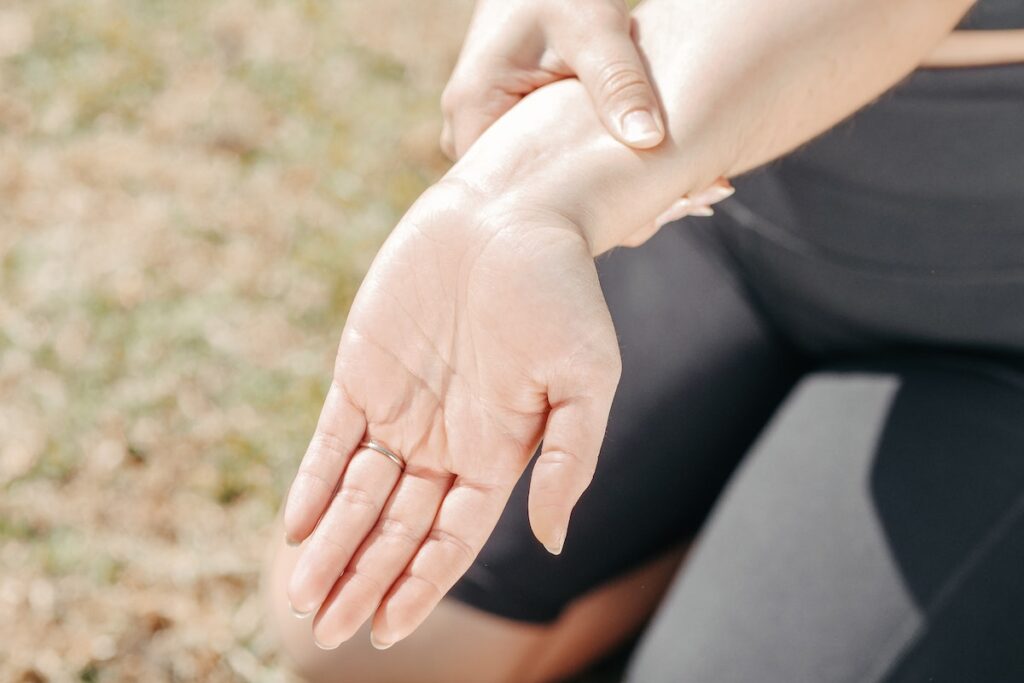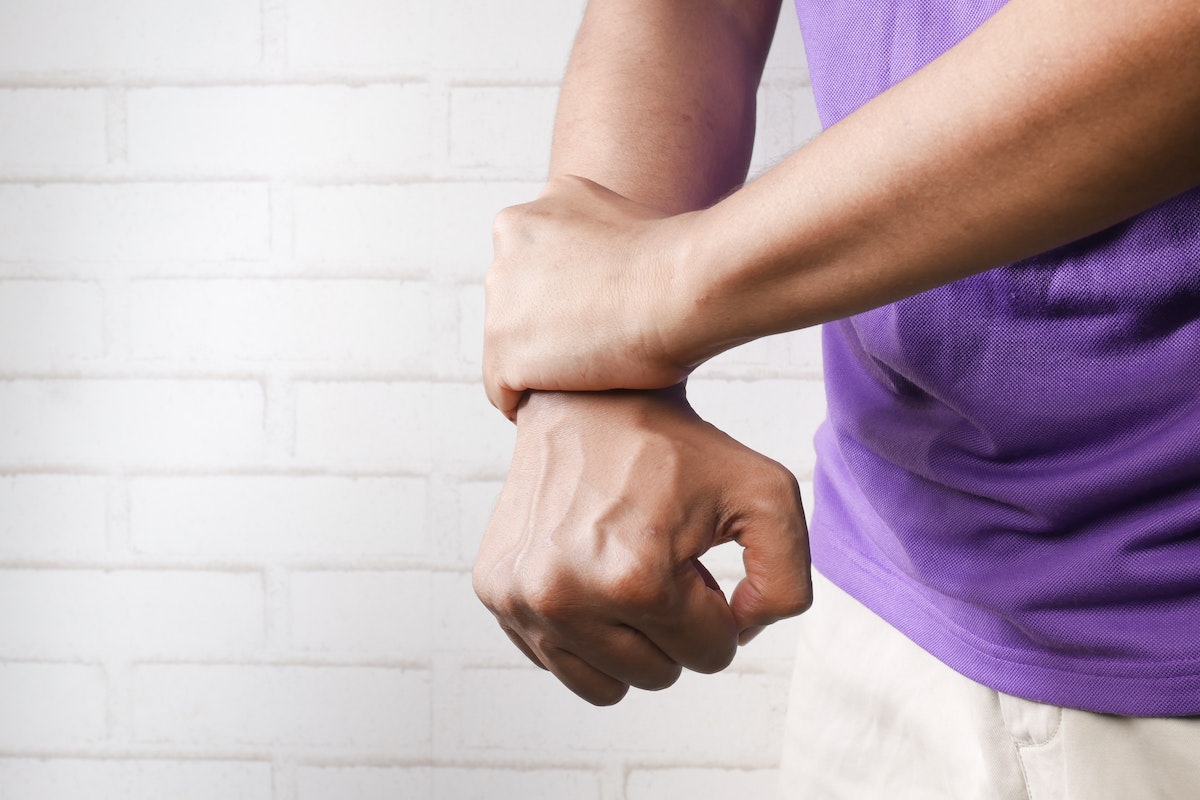Introduction
Hand pain is a common complaint that can significantly impact an individual’s daily activities, work, and quality of life. The hands are intricate and vital structures, enabling us to perform intricate tasks, such as writing, grasping objects, and using tools. Consequently, they are susceptible to various injuries, overuse, and medical conditions that can lead to pain and discomfort. Whether caused by arthritis, carpal tunnel syndrome, repetitive strain, or trauma, hand pain can be debilitating and hinder productivity. Fortunately, Physical Therapy (PT) has emerged as a valuable and effective approach to manage and treat hand pain. In this comprehensive essay, we will explore the numerous benefits of Physical Therapy for hand pain, highlighting how it aids in pain relief, improves hand function, enhances dexterity, and promotes overall hand health.
Understanding Hand Pain and its Causes
The hand is composed of a complex arrangement of bones, joints, tendons, ligaments, and muscles that work in harmony to execute precise movements. Hand pain can result from various factors, including:
- Carpal Tunnel Syndrome (CTS): CTS occurs when the median nerve, which runs through a narrow tunnel in the wrist (the carpal tunnel), becomes compressed, leading to symptoms such as tingling, numbness, and pain in the hand.
- Arthritis: Degenerative conditions like osteoarthritis or rheumatoid arthritis can affect the joints in the hand, causing pain, stiffness, and reduced hand function.
- Tendinitis: Overuse or repetitive movements can lead to inflammation of the tendons in the hand, causing tendinitis and pain.
- Trigger Finger: This condition involves the inflammation of the tendon sheaths, resulting in difficulty in extending or flexing the fingers smoothly.
- Ganglion Cysts: These fluid-filled cysts can develop on the tendons or joints in the hand, causing discomfort and restricted movement.
- Fractures: Hand fractures, particularly in the fingers or metacarpal bones, can cause severe pain and affect hand function.
Physical Therapy for Hand Pain: The Benefits

Precise Evaluation and Diagnosis
One of the primary benefits of seeking Physical Therapy for hand pain is the precise evaluation and accurate diagnosis provided by a qualified Physical Therapist. Through a comprehensive assessment, including medical history, physical examination, and possibly imaging tests, the PT can identify the underlying causes of hand pain and develop a targeted treatment plan accordingly.
Pain Relief and Inflammation Reduction
Physical Therapists use various techniques to provide pain relief and reduce inflammation in the hand. Manual therapy, such as joint mobilization and soft tissue mobilization, helps alleviate pain, restore joint mobility, and promote healing.
Customized Exercise Programs
Physical Therapists develop individualized exercise programs that target the specific needs of each patient. These programs include strengthening exercises to improve hand stability and function, while stretching exercises enhance flexibility and reduce muscle tightness.
Range of Motion Improvement
Hand pain can limit the range of motion, making everyday activities challenging. Physical Therapists use specialized exercises and techniques to improve hand flexibility, allowing patients to move their hands more comfortably and freely.
Fine Motor Skills Enhancement
Hand pain can impact fine motor skills, such as writing, buttoning clothes, and using utensils. Physical Therapists employ specific exercises and activities to enhance fine motor control and dexterity, improving hand function.
Neuromuscular Reeducation
For patients with chronic hand pain, the brain and muscles may not communicate effectively, leading to altered movement patterns. Physical Therapists employ neuromuscular reeducation techniques to improve communication between the brain and hand muscles, resulting in more efficient and pain-free movement.
Functional Rehabilitation
Physical Therapy not only focuses on pain relief but also on restoring functional capacity. Therapists work with patients to improve their ability to perform everyday activities with ease, promoting independence and enhancing overall quality of life.
Post-Surgical Rehabilitation
For individuals who undergo hand surgery, Physical Therapy is an integral part of the recovery process. PTs design tailored rehabilitation programs that aid in healing, promote optimal recovery, and restore function in the hand.
Education on Injury Prevention
Physical Therapists are not only focused on treating current hand pain but also on educating patients about injury prevention strategies. By providing guidance on proper body mechanics, hand ergonomics, and lifestyle modifications, PTs help patients avoid future hand injuries and pain.
Integration of Comprehensive Care
Physical Therapists often collaborate with other healthcare professionals, such as hand surgeons, occupational therapists, and pain management specialists, to ensure comprehensive care for patients with hand pain. This integrated approach optimizes treatment outcomes and enhances patient well-being.
Long-Term Benefits and Prevention
Perhaps the most significant advantage of Physical Therapy for hand pain is the potential for long-term benefits. By addressing the root causes of hand pain and providing patients with the tools and knowledge for self-management, PTs empower individuals to maintain a pain-free and functional hand in the long run.
Conclusion
Hand pain can significantly affect an individual’s daily life and overall well-being. However, Physical Therapy offers a comprehensive and effective approach to managing and alleviating hand pain. Through precise evaluation, targeted pain relief, customized exercise programs, and functional rehabilitation, Physical Therapists address the underlying causes of hand pain, promoting healing and restoring function. By providing education on injury prevention and long-term self-management, PTs empower individuals to maintain a pain-free and functional hand in the long run.



